Azerbaijan National Aerospace Agency
Azərbaycan Milli Aero Kosmik Agentliyi
Acronym MAKA
Established 1992
Headquarters Baku, Azerbaijan
Administrator Alchin Shirinzade
Azerbaijan National Aerospace Agency (MAKA; Azerbaijani: Azərbaycan Milli Aerokosmik Agentliyi), is a governmental body that coordinates all Azerbaijani space research programs with scientific and commercial goals. It was established in 1992 in place of the Kaspiy scientific research center of the National Academy of Sciences of Azerbaijan and currently is headed by Alchin Shirinzade. The programme has included a sequence of satellite missions, both national ones and in cooperation with other nations.
In 2006, the agency transferred to Ministry of Defence Industry of Azerbaijan. In 2009, Azerbaijani space industry boosted as new agency set up under the state program for development of space industry after Ilham Aliyev's approval. As part of the program, by 2013 it is planned to make proposals for the in-country assembly and production of VSAT (Very Small Aperture satellite Terminal). A small earth station for satellite transmission that handles up to 56 kbit/s of digital transmission. VSATs that handle the T1 data rate (up to 1.544 Mbit/s) are called "TSATs. and parts of other terminal stations, satellite receivers of different types and functions (internet, direct TV, GPS, etc.) in order to create the space industry.
On 7th February 2013, MAKA launched its first telecommunications satellite Azerspace-1 into orbit on February 7, 2013 from Kourou in French Guiana at orbital positions 46° east.
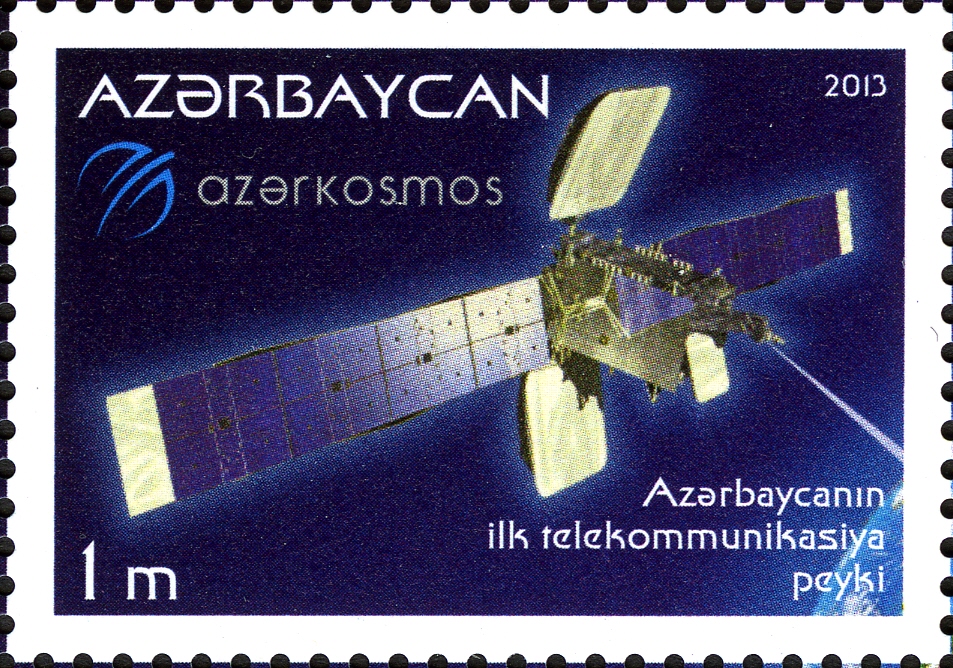
Details of Azerspace-1:
The satellite has solar arrays with four panels per array, using UTJ Gallium Arsenide cells. It will be stabilized with a 3-axis stabilized, zero momentum system. It will have a liquid bi-propellant transfer orbit system, with a monopropellant (hydrazine) on-orbit system. Power will be held in two Li-Ion batteries with a capacity of >4840 W/hr.
Azersat/Africasat-1A will have a hybrid payload including both C- band and Ku-band antennae. There will be 24 active C-band transponders, using a 2.5 m × 2.7 m (8 ft 2 in × 8 ft 10 in) single shell super-elliptical deployable reflector, with a 1.4 m × 1.4 m (4 ft 7 in × 4 ft 7 in) single shell super-elliptical deck-mounted reflector. There will also be 12 active Ku-band transponders, using a 2.5 m × 2.7 m (8 ft 2 in × 8 ft 10 in) single shell super-elliptical deployable reflector.
The Ku-band transponders (11.2 GHz and 14.0 GHz) have a contour map that primarily covers Europe and Central Asia. The C-band contour map (3740 MHz and 5965 MHz) also covers Europe and Central Asia, as well as nearly all of Africa.
On 30th June 2014, MAKA with cooperation from Airbus launched SPOT 7 Earth observation satellite. They form a constellation of Earth-imaging satellites designed to provide continuity of high-resolution, wide-swath data up to 2024.
SPOT 7 (launched June 30, 2014) Details:
Sample Image from Baku: SPOT 7 Satellite Image - Baku, Azerbaijan : Airbus Defence and Space
SPOT 7 Launch Details
Expected Launch Date: June 30, 2014, 04:22 UTC
Expected Vehicle: Indian PSLV-CA
Expected Site: Satish Dhawan Space Centre, India
Designed Mission Life: 10 years
SPOT 7 Components
Dimensions: 1.55-m x 1.75-m x 2.7-m, 712 kg
Solar Array: GaAs triple junction solar cells, 5.4 sq m wingspan, Li-ion batteries
Control Systems:
3-axis stabilized
Actuators – four control moment gyros (CMGs)
Altitude determination – GPS, Hydra star tracker, magnetometers (Earth and Sun sensors)
Onboard Storage Capacity: 1 TB Flash memory
Ground Communication Systems:
Imagery downlink – 300 Mbit/s, 2-channel, X-band
TT&C transmissions – S-band
NAOMI Focal Plane:
2 identical pushbroom cameras, panchromatic and co-registered multispectral bands
Panchromatic array assembly – 28,000 pixels
Multispectral array assembly – 4 focal planes, 7,000 pixels per plane
Optical Sensor Assembly: 200-mm aperture diameter
Orbit Characteristics
Altitude: 694 km
Period: 98.79 minutes
Inclination: 98.2°
Direction: sun-synchronous circular, north to south (across the lit side of Earth)
Equatorial Crossing Time: 10:00 AM local time (approximate; across lit side of Earth)
Revisit Frequency: 1 (45°) to 5 days (30°) (varies with latitude), 1 day once SPOT 7 launched
Imaging System
NAOMI Spectral Bands:
Panchromatic
4-band multispectral (bue, green, red and NIR)
Sensor Resolution: (at nadir)
Panchromatic – 2.2 m
Multispectral – 8.8 m
Imagery products delivered at a certified 1.5-meter panchromatic and 6-meter multispectral resolution by a splining function
Spectral Band Wavelength Range: (in nm)
Panchromatic – 450 to 745
Blue – 450 to 520
Green – 530 to 590
Red – 625 to 695
NIR – 760 to 890
Dynamic Range: 12-bits
Collection Capabilities
Footprint Width: 60 km (at nadir)
Maximum Angle of Incidence: +/- 45°
Maximum Collection Geometry:
Mono single strip – 60 km x 600 km
Mono large area – 120 km x 120 km, 60 km x 180 km
Stereo – 60 km x 60 km (tri-stereo mode available)
Retargeting Ability: 30° in 14 secs
Daily Collection Capacity: 3,000,000 sq km
Georeferenced Horizontal Accuracy: 35-m CE90 (global average, dependent on terrain)
Source: SPOT 1 - 7 Satellite Imagery - Apollo Mapping | The Image Hunters |
Another project is Azerspace 2 which is estimated launch date is 2017.
Souces: Azerbaijan National Aerospace Agency - Wikipedia, the free encyclopedia
Azerspace-1/Africasat-1a - Wikipedia, the free encyclopedia
@cabatli_53 @xenon54 @T-123456 @Targon @Ahiska @BronzePlaque @TurAr @atatwolf @asena_great @Asena_Y @rmi5 @Baykuş @olcayto @Hakan @Combat-Master @xxxKULxxx @Hyperion @Rumelia @mrexil @telkon @Timur @Wave @u.MP @Islamic faith&Secularism @El-Turco @Yeni Kuyu @what @revojam @Kamil-Baku @Azeri440 @ASQ-1918 @faheka @Seyfullah @MertKaan @Akıncı @[TR]AHMET @damm1t @tesla @Casus Belli @MrTopal27 @Sinan @Quasar @Oublious @hacksquat @anatolia @Charon 2 @ozi2000 @LegionnairE @BordoEnes @N.Ozkan @XILLAX @turkbordobereli @golgelerprensi @fighting sparrow @Trick2UAV @BaybarsHan @Alienoz_TR @meral @hopeful73 @mehmet75 @altor @mert can
@The Commander @AVCI @manowar @Hexciter @yakusha @otriz @Timur @Vatoz @F-15I @yason



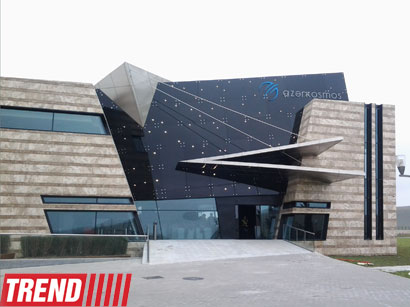
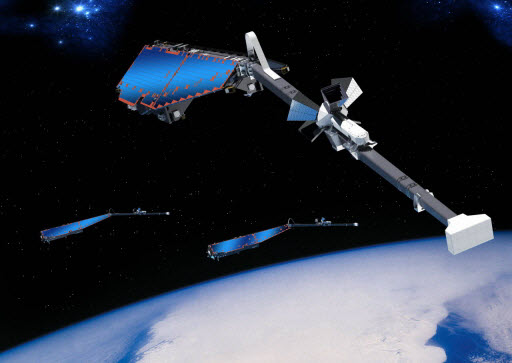
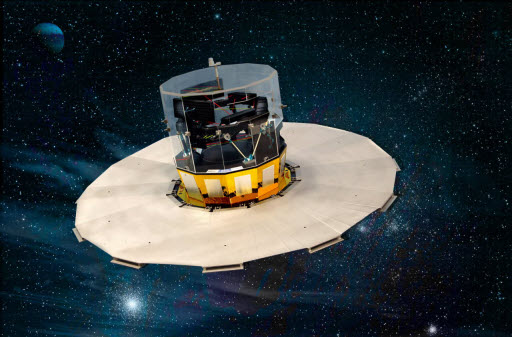
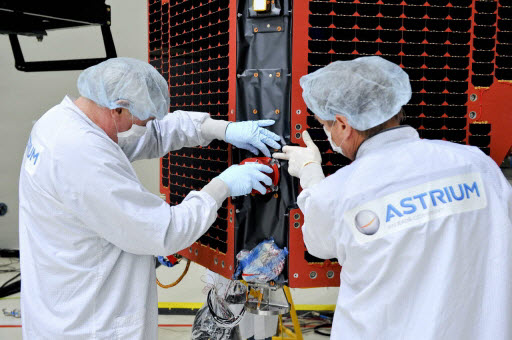
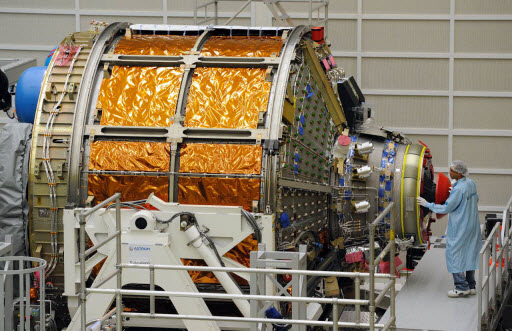





 smaller countries can be really successful, but it is more difficult for them.
smaller countries can be really successful, but it is more difficult for them.
